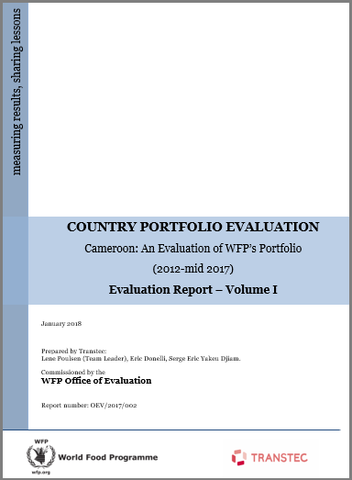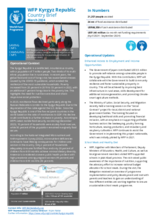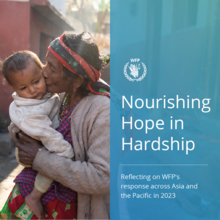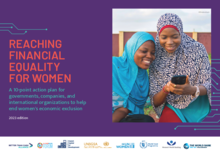
The evaluation found that WFP was highly valued for its leadership in food assistance and its flexible approach. Stakeholders recognized WFP’s comparative advantages in food assistance, emergency nutrition support, logistics and outreach. Decision making was influenced by the situation in the northern and eastern regions; WFP’s role in humanitarian and development platforms; and resource availability, which also affected performance, results and handover to national partners. Overall, WFP’s assistance was relevant and timely in responding to the life-saving and recovery needs of 2.5 million beneficiaries. The realignment of the portfolio in 2013–2014 to serve more refugees, internally displaced persons and vulnerable host populations, coupled with the recent shift in approach from treating malnutrition to preventing it and the introduction of cash-based transfers, was appropriate and effective. The portfolio reorientation, however, left unmet longer-term food security needs in the northern and eastern regions. This was partly a result of the prioritization of life-saving interventions and of funding shortfalls, which led to a reduction in the quantity and duration of food assistance, although more beneficiaries were assisted. WFP’s country office has paid increasing attention to emerging issues affecting protection and humanitarian access. On a more positive note, WFP technical assistance contributed to the national food security programme and monitoring and early warning systems, although capacity gaps remain. Effective partnerships with the Office of the United Nations High Commissioner for Refugees and the United Nations Children’s Fund enabled improved complementarity and synergies in WFP’s use of status registration and in the treatment of severely malnourished children. Collaboration among the Rome-based agencies was limited, consisting of cooperation in strategic planning and food security monitoring.
The evaluation made seven recommendations: to refocus nutrition programming on a prevention approach; to expand the use of cash-based transfer modalities; to deepen collaboration with the Rome-based agencies; to continue to target humanitarian needs in the northern and eastern regions while gradually moving towards the re-establishment of early recovery activities; to develop an evidence-based operational strategy for integrating gender considerations into programming in line with WFP’s gender policy and action plan; to design and systematize an effective communication framework; and to develop a strategy for supporting the development of national and local capacities in food security monitoring, early warning and response.



